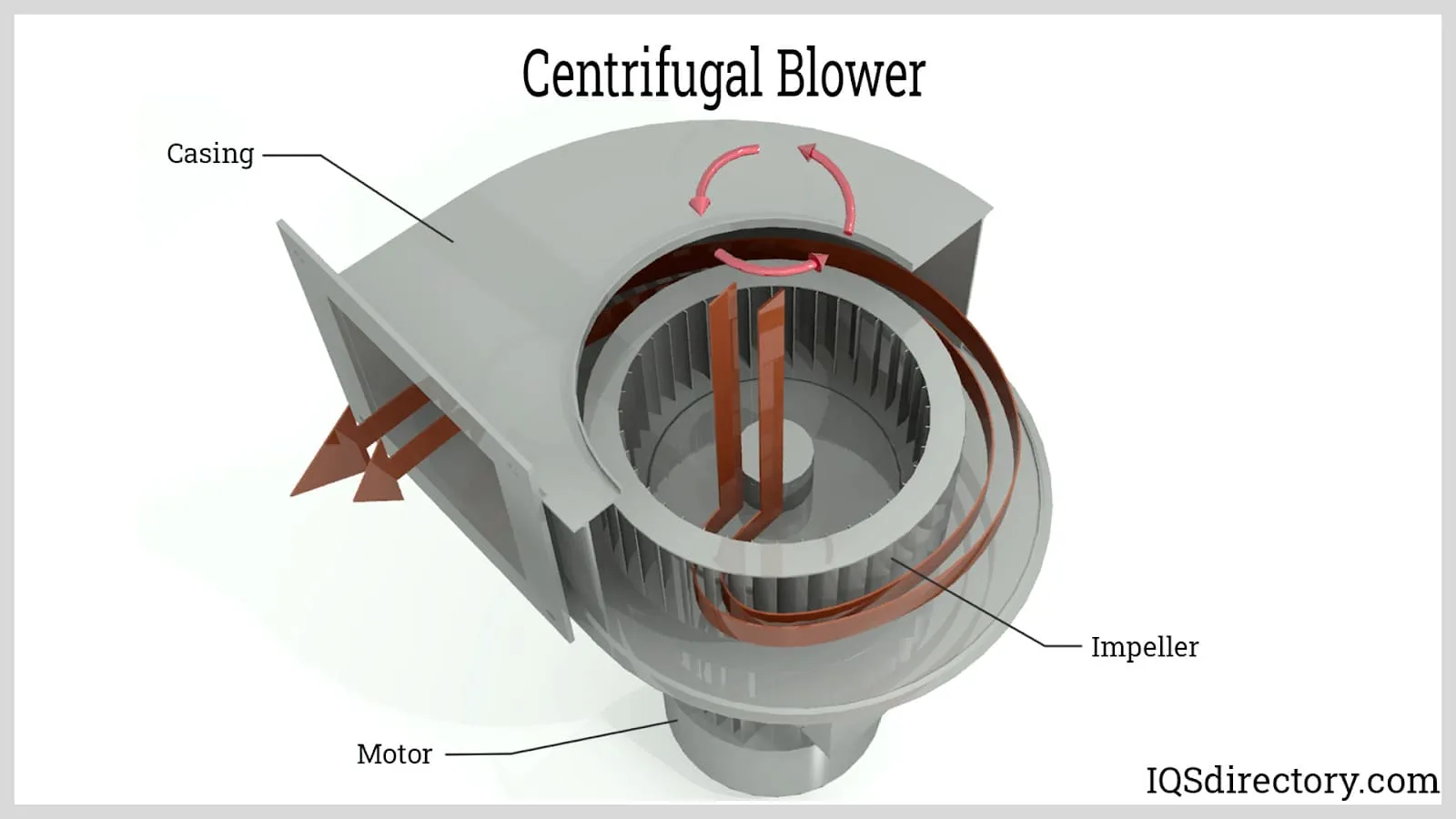How Does a Blowing Machine Work? - Comprehensive Guide
Blowing machines, also known as blowers or air blowers, are essential industrial devices used to generate a high-flow stream of air or gas. They are widely employed in various applications, including ventilation, material handling, combustion, and cooling processes. Understanding the working principle of blowing machines is crucial for engineers, technicians, and industry professionals. This article delves into the mechanics, components, and operational principles of blowing machines, providing a detailed explanation of their functionality.
Fundamental Principles of Blowing Machines
At its core, a blowing machine operates on the principle of increasing the kinetic energy of air or gas, which is then converted into pressure energy. This is achieved through rotational or positive displacement mechanisms. The primary types of blowing machines include centrifugal blowers and positive displacement blowers, each with distinct working principles.
Centrifugal Blowers
Centrifugal blowers use a rotating impeller to accelerate air radially outward, creating a low-pressure zone at the center that draws in more air. The accelerated air is then discharged through a diffuser, where kinetic energy is converted into pressure energy. This type of blower is efficient for high-flow, low-pressure applications.
 Diagram illustrating the components of a centrifugal blower, including the impeller, housing, and airflow direction.bbbb
Diagram illustrating the components of a centrifugal blower, including the impeller, housing, and airflow direction.bbbb
Positive Displacement Blowers
Positive displacement blowers, such as Roots blowers, trap a fixed volume of air between rotating lobes and the blower housing. As the lobes rotate, the trapped air is pushed from the intake to the discharge side, resulting in a constant flow rate regardless of pressure variations. These blowers are suitable for applications requiring steady airflow under varying pressures.
oooo bbbbInternal mechanism of a positive displacement blower, highlighting the meshing lobes and air chambers.bbbb
bbbbInternal mechanism of a positive displacement blower, highlighting the meshing lobes and air chambers.bbbb
Key Components of a Blowing Machine
Blowing machines consist of several critical components that work together to generate and control airflow. The main components include:
- Impeller or Rotors: The rotating part that accelerates air. In centrifugal blowers, it is an impeller with blades, while in positive displacement blowers, it consists of two or more rotors.
- Housing/Casing: Encloses the rotating components and guides the airflow, often designed to maximize efficiency.
- Inlet and Outlet Ports: Openings through which air enters and exits the blower.
- Drive Mechanism: Typically an electric motor or engine that powers the rotation of the impeller or rotors.
- Bearings and Seals: Support the rotating shafts and prevent air leakage.
Working Process Step by Step
The operation of a blowing machine can be broken down into a series of steps:
- Air Intake: Air enters through the inlet port due to the pressure difference created by the rotating components.
- Acceleration: The impeller or rotors impart kinetic energy to the air, increasing its velocity.
- Compression: In centrifugal blowers, the diffuser converts kinetic energy into pressure energy. In positive displacement blowers, air is compressed as it is trapped between the rotors and housing.
- Discharge: The pressurized air is expelled through the outlet port for use in various applications.
 bbbbFlowchart depicting the air intake, acceleration, compression, and discharge stages in a blowing machine.bbbb
bbbbFlowchart depicting the air intake, acceleration, compression, and discharge stages in a blowing machine.bbbb
Types of Blowing Machines and Their Applications
Blowing machines are categorized based on their design and operational characteristics. The following table summarizes the main types and their typical applications:
| Type of Blowing Machine | Working Principle | Applications |
|---|---|---|
| Centrifugal Blower | Uses centrifugal force to accelerate air | Ventilation systems, HVAC, drying processes |
| Positive Displacement Blower | Traps and displaces a fixed volume of air | Wastewater treatment, pneumatic conveying, industrial vacuum systems |
| Axial Flow Blower | Propels air parallel to the rotor shaft | Cooling towers, wind tunnels, aircraft engines |
Performance Factors and Efficiency
The efficiency of a blowing machine depends on several factors, including design, speed, and operating conditions. Key performance metrics include flow rate (measured in cubic meters per hour or CFM), pressure rise (measured in Pascals or inches of water), and power consumption. Proper maintenance, such as cleaning filters and checking alignment, is essential for optimal performance.
Energy Considerations
Blowing machines can be energy-intensive devices. Innovations like variable speed drives (VSDs) help reduce energy consumption by adjusting the motor speed to match demand. Additionally, aerodynamic improvements in impeller design contribute to higher efficiency.
oooo bbbbGraph showing the energy efficiency curves of centrifugal vs. positive displacement blowers under varying loads.bbbb
bbbbGraph showing the energy efficiency curves of centrifugal vs. positive displacement blowers under varying loads.bbbb
Conclusion
Blowing machines are versatile and critical components in many industrial and commercial systems. Their operation, based on fundamental aerodynamic principles, involves accelerating and pressurizing air to meet specific application requirements. Understanding the differences between centrifugal and positive displacement blowers, along with their components and workflows, enables better selection, operation, and maintenance. As technology advances, blowing machines continue to evolve, offering greater efficiency and reliability for diverse industries.

